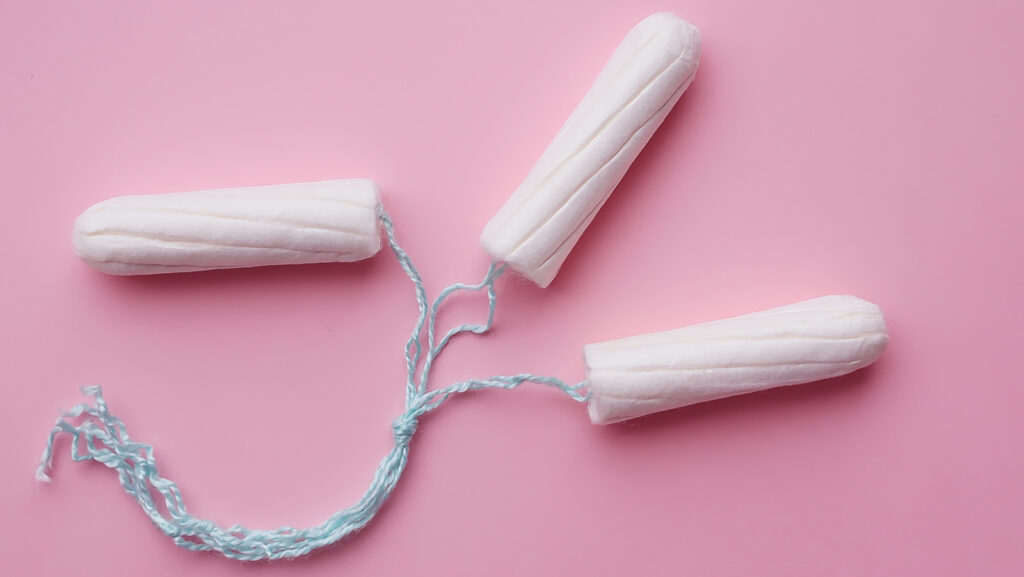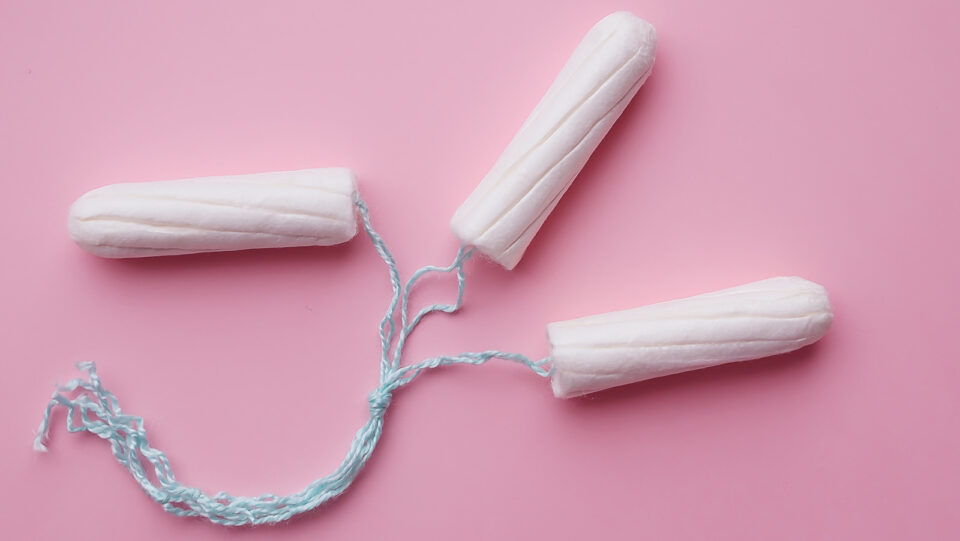Tampons are a common and convenient menstrual product, but many people may wonder about their shelf life and safety: Do tampons really expire? Understanding the shelf life of tampons and the factors affecting their safety is crucial for responsible product usage and health.
The Basics of Tampon Composition
Tampons are primarily made from cotton, rayon, or a blend of both, and they come in various absorbencies to suit individual needs. The insertion tube may be made of plastic or cardboard. The manufacturing process involves sterilization to minimize the risk of bacterial contamination. Despite this, tampons can degrade over time if not stored properly, which raises concerns about their safety and efficacy.
Do Tampons Expire?
In general, tampons do not have a specific expiration date like some food products. However, manufacturers typically print a “use by” or “expiration” date on the packaging, which is usually set about five years from the date of manufacture. This timeframe is intended to ensure that the product maintains its integrity, effectiveness, and safety for the user.
Factors Affecting Shelf Life
-
- Material Degradation: Over time, the materials used in tampons can break down. Cotton and rayon can degrade, affecting the absorbency and overall effectiveness of the tampon. Additionally, moisture and humidity can encourage the growth of mold or bacteria, further compromising product safety.
- Material Degradation: Over time, the materials used in tampons can break down. Cotton and rayon can degrade, affecting the absorbency and overall effectiveness of the tampon. Additionally, moisture and humidity can encourage the growth of mold or bacteria, further compromising product safety.
-
- Storage Conditions: Proper storage is critical for extending the shelf life of tampons. Keeping them in a cool, dry environment away from direct sunlight is essential. Excessive heat or moisture can speed up the degradation process.
- Storage Conditions: Proper storage is critical for extending the shelf life of tampons. Keeping them in a cool, dry environment away from direct sunlight is essential. Excessive heat or moisture can speed up the degradation process.
-
- Packaging Integrity: Unopened and intact packaging offers better protection against contamination and degradation. If the packaging is damaged or shows signs of wear and tear, the products inside may not be safe to use, regardless of the printed date.

Using Tampons After the Expiration Date
While using tampons after their expiration date may not always result in immediate health risks, it is advised against for several reasons:
-
- Reduced Effectiveness: An expired tampon may not absorb as effectively, which could lead to leakage or an increased risk of Toxic Shock Syndrome (TSS), a rare but serious condition associated with tampon use.
- Reduced Effectiveness: An expired tampon may not absorb as effectively, which could lead to leakage or an increased risk of Toxic Shock Syndrome (TSS), a rare but serious condition associated with tampon use.
-
- Risk of Contamination: Exposing tampons to humidity or temperature fluctuations can lead to mold or bacterial growth, increasing the risk of infections.
- Risk of Contamination: Exposing tampons to humidity or temperature fluctuations can lead to mold or bacterial growth, increasing the risk of infections.
-
- Inconsistent Quality: Tampons may become more brittle or lose their shape over time, making them uncomfortable or difficult to insert.
Best Practices for Safe Tampon Use
To ensure that you are using tampons safely, consider the following best practices:
-
- Check Expiration Dates: Always use tampons that are within their expiration date, and check the packaging for any signs of damage.
- Check Expiration Dates: Always use tampons that are within their expiration date, and check the packaging for any signs of damage.
-
- Store Properly: Keep tampons in a cool, dry place away from direct sunlight to prolong their shelf life.
- Store Properly: Keep tampons in a cool, dry place away from direct sunlight to prolong their shelf life.
-
- Follow Usage Guidelines: Familiarize yourself with the correct usage of tampons, including changing them every four to eight hours and using the appropriate absorbency for your flow.
- Follow Usage Guidelines: Familiarize yourself with the correct usage of tampons, including changing them every four to eight hours and using the appropriate absorbency for your flow.
-
- Monitor for Symptoms: Be aware of any unusual symptoms while using tampons, such as high fever, rash, or dizziness, which may indicate TSS or another issue. Seek medical attention if you experience any concerning symptoms.
Conclusion
In summary, tampons do not technically “expire” in the traditional sense, but their effectiveness and safety can diminish over time. It’s crucial to pay attention to expiration dates, storage conditions, and signs of damage to ensure you are using a safe and effective product. By following these guidelines and understanding the importance of tampons’ shelf life, individuals can make informed choices about their menstrual health and hygiene.
